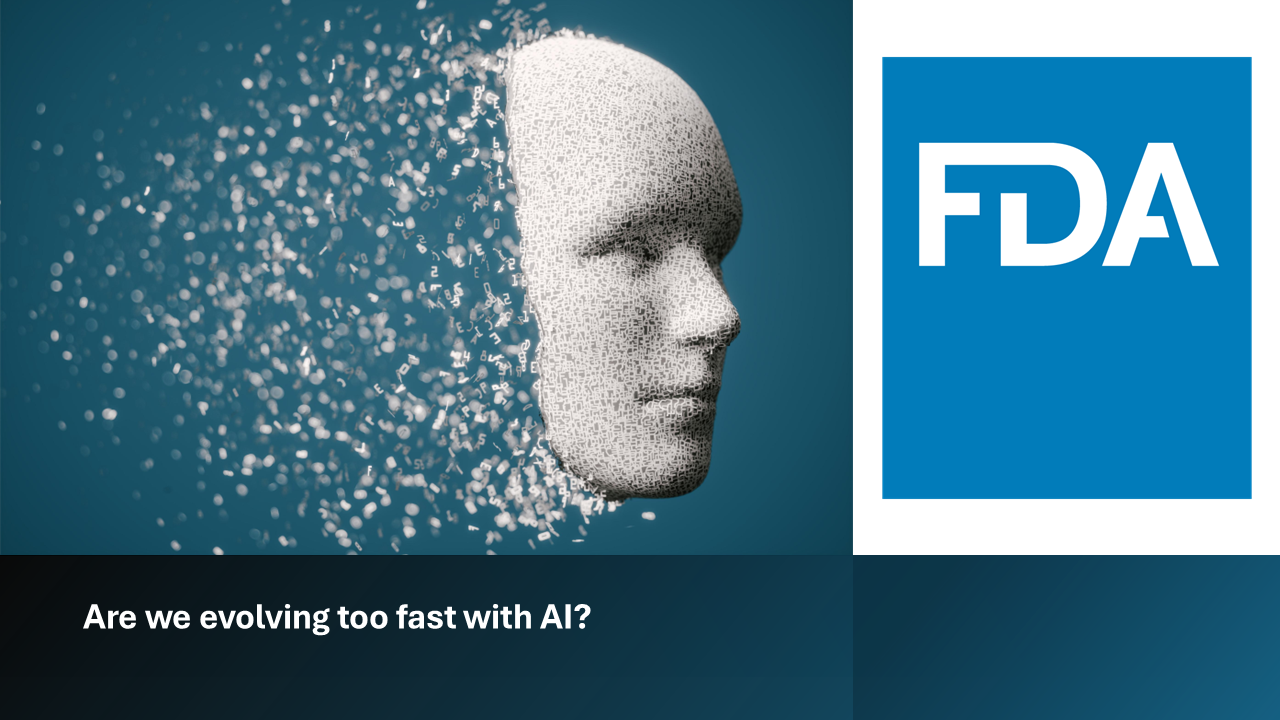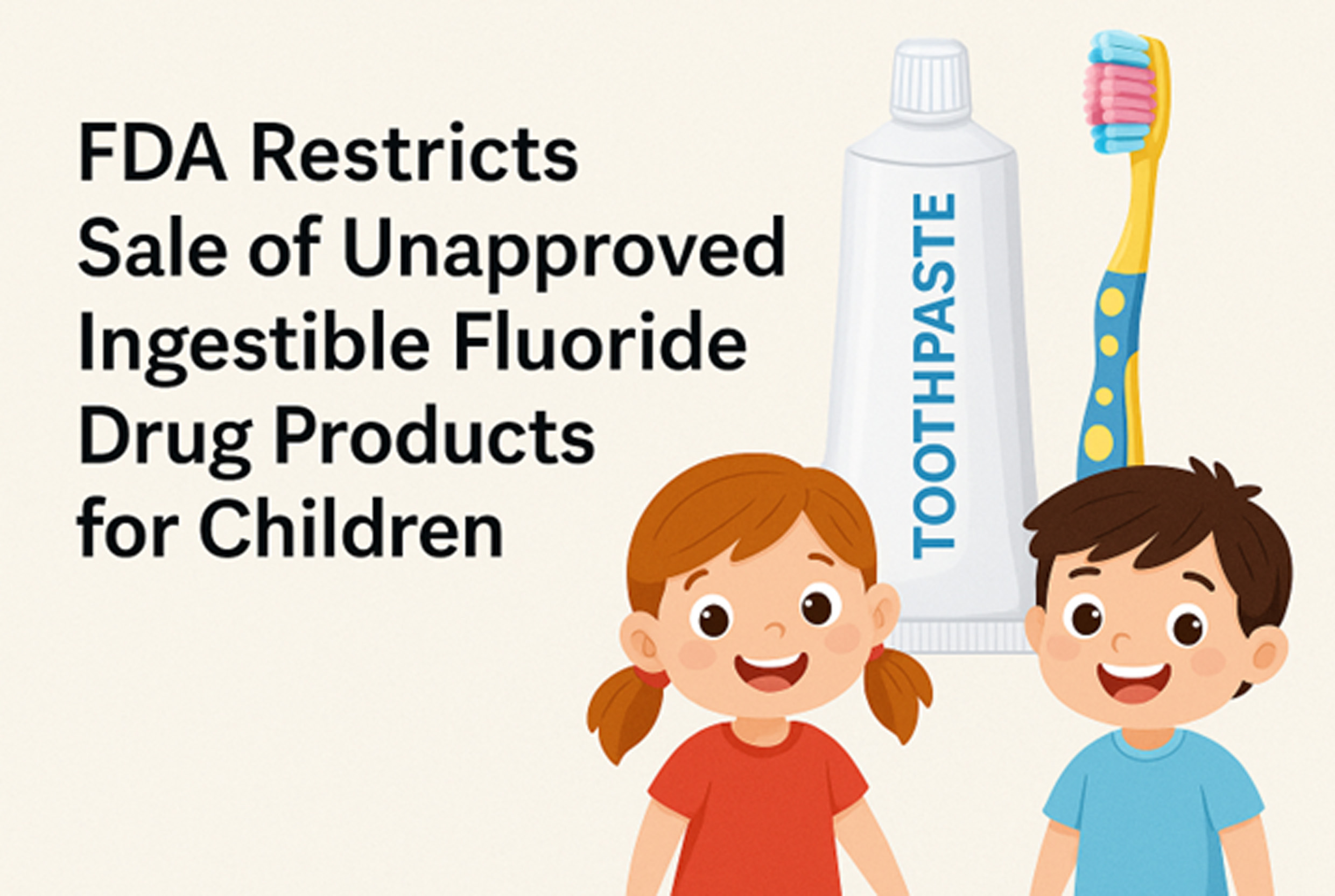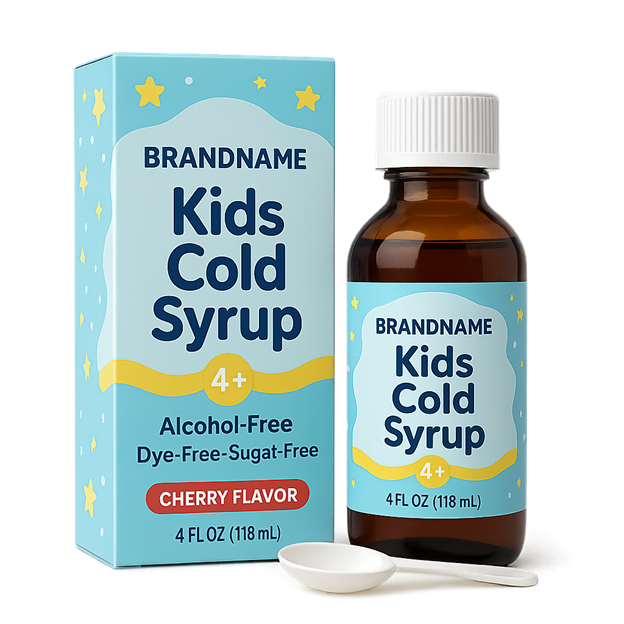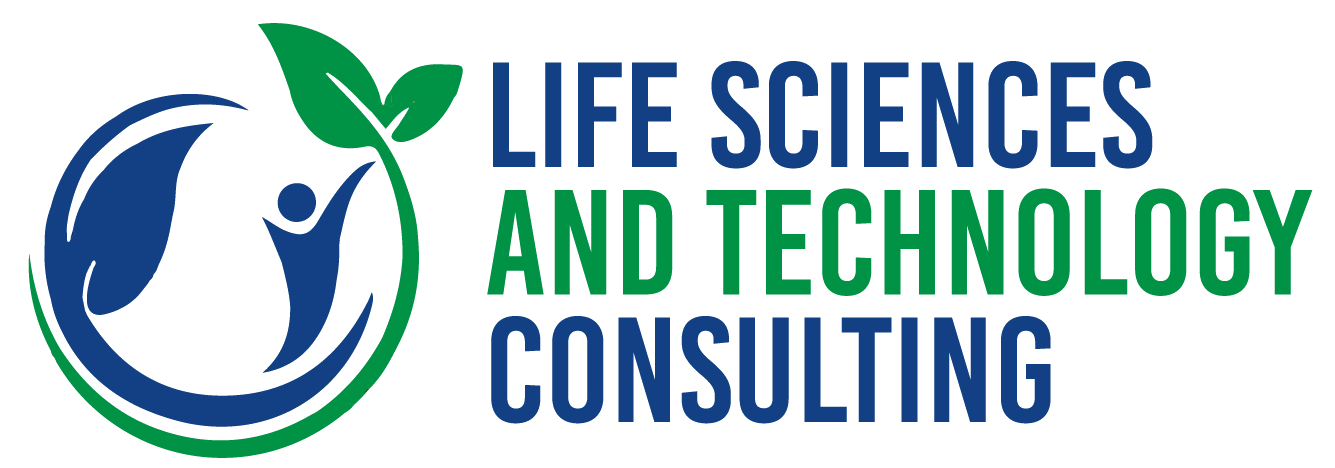The FDA has officially wrapped its first generative AI pilot for scientific review and is now launching an aggressive plan to implement AI tools across all of its centers by the end of June 2025.
Commissioner Dr. Martin Makary described the pilot’s results as transformative, noting that it dramatically reduced the time reviewers spent on repetitive administrative work. According to FDA staff, what once required days of effort can now be completed in a matter of minutes using these AI systems.
To build on this momentum, the FDA is rolling out a secure, unified generative AI platform that will integrate with its internal data systems. Each center will tailor the tools to its specific needs, while a centralized team oversees functionality, data security, and regulatory compliance.
This marks a significant shift in how the agency manages internal workflows and could have long term implications for how quickly new therapies are evaluated and approved.
AI is no longer a future concept for regulators, it’s now an operational imperative.
The FDA’s rapid adoption of AI marks a pivotal shift in the regulatory landscape. Life sciences organizations must evaluate how their data integrity, submission quality, and digital infrastructure align with a faster, technology-driven review process. Those that modernize workflows, invest in team readiness, and tailor submission strategies to support AI-enabled evaluations will be best positioned to accelerate approvals, reduce delays, and stay compliant in an evolving regulatory environment.
What does this mean for your regulatory strategy? Let’s Talk
As the FDA moves rapidly toward AI-enhanced reviews, now is the time to evaluate how your data, documentation, and digital processes align with this new reality.
If you’re exploring how to stay ahead of AI-driven regulatory shifts or want to ensure your submission strategy is built for speed and compliance, I’d welcome a conversation.









